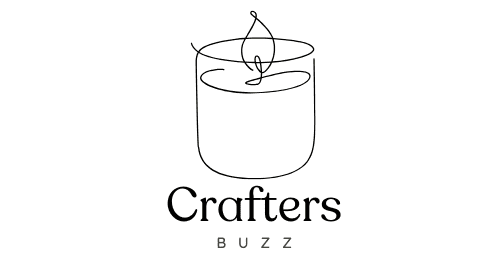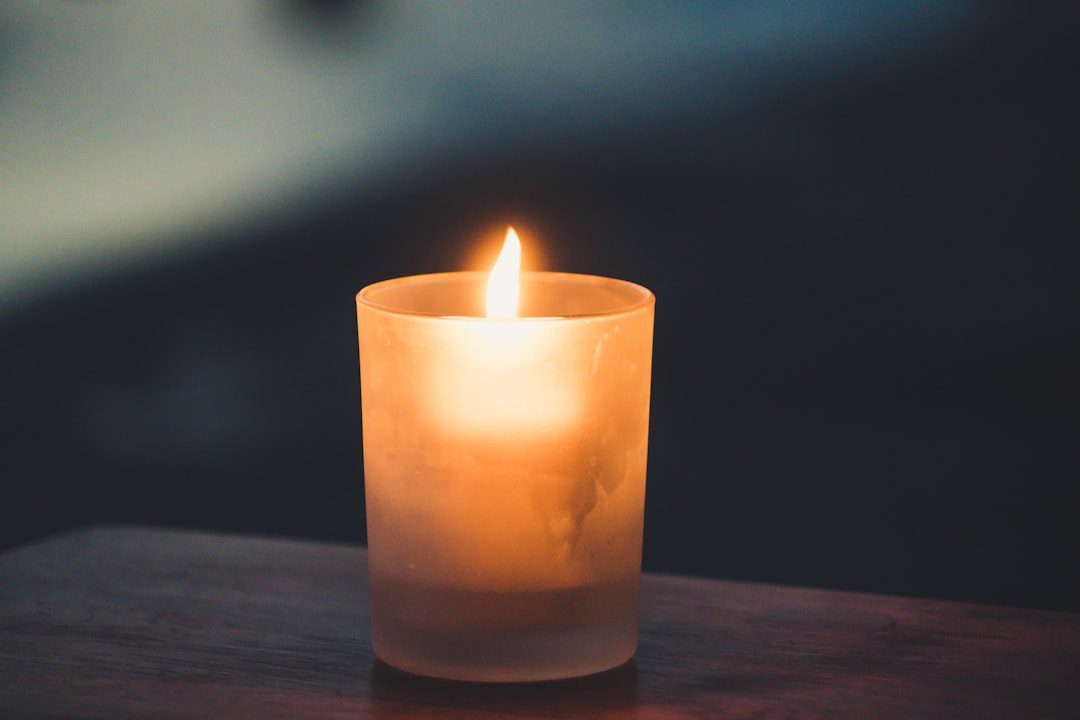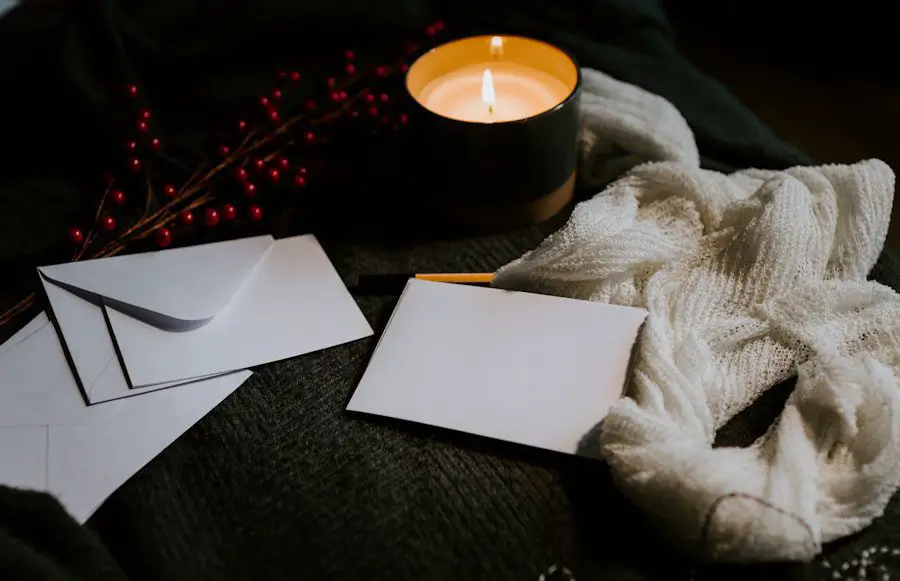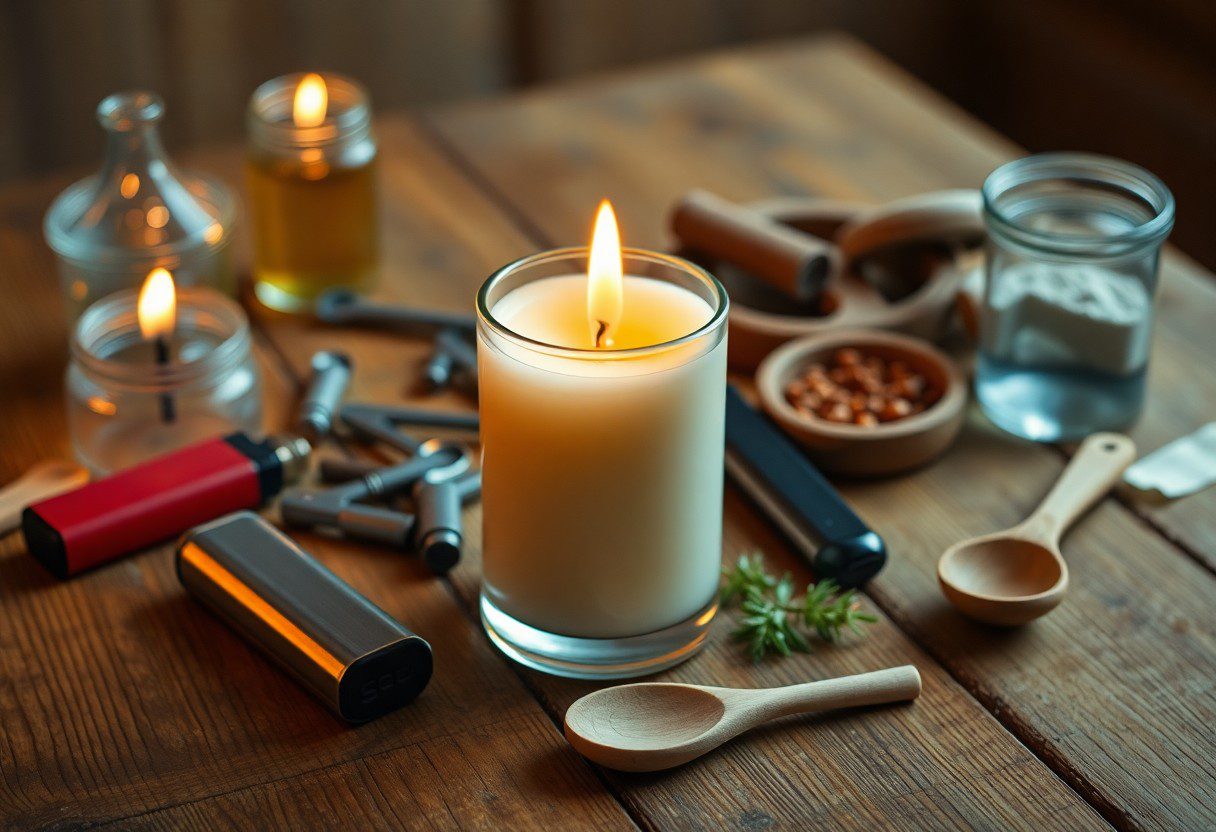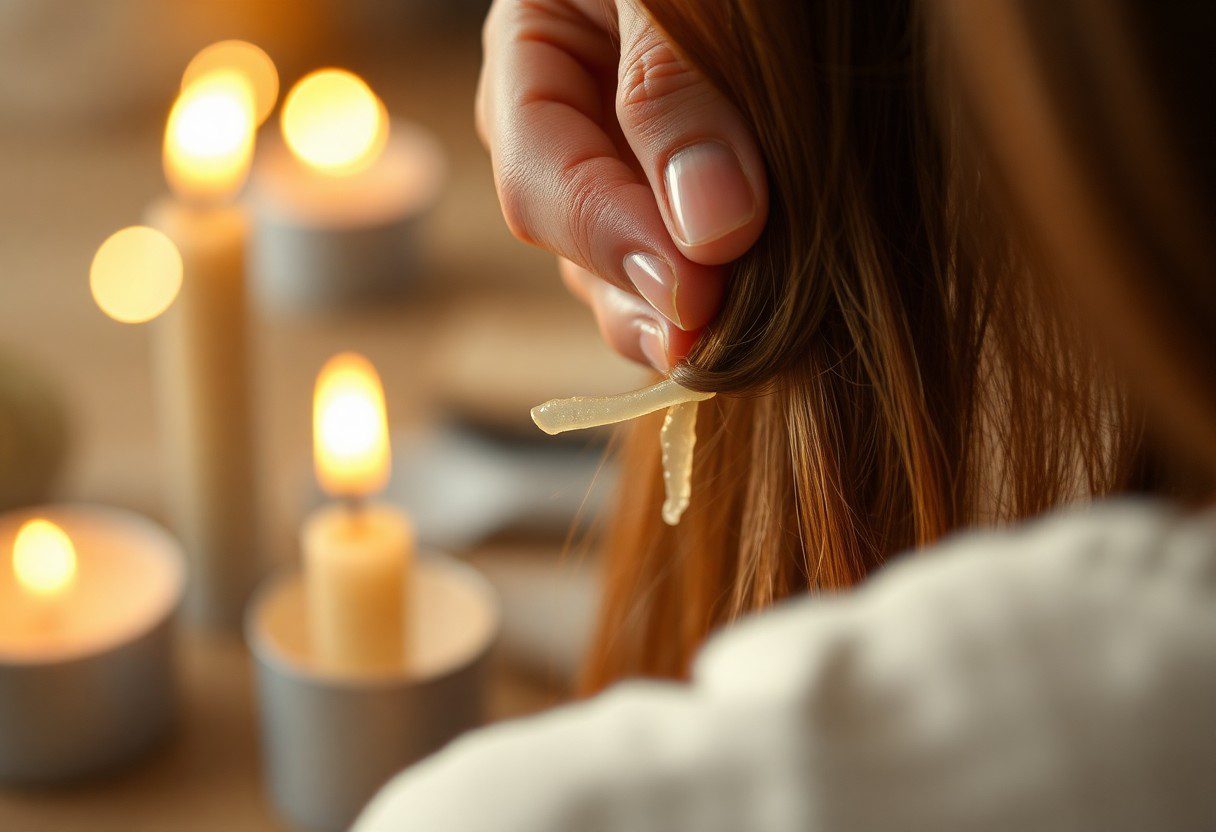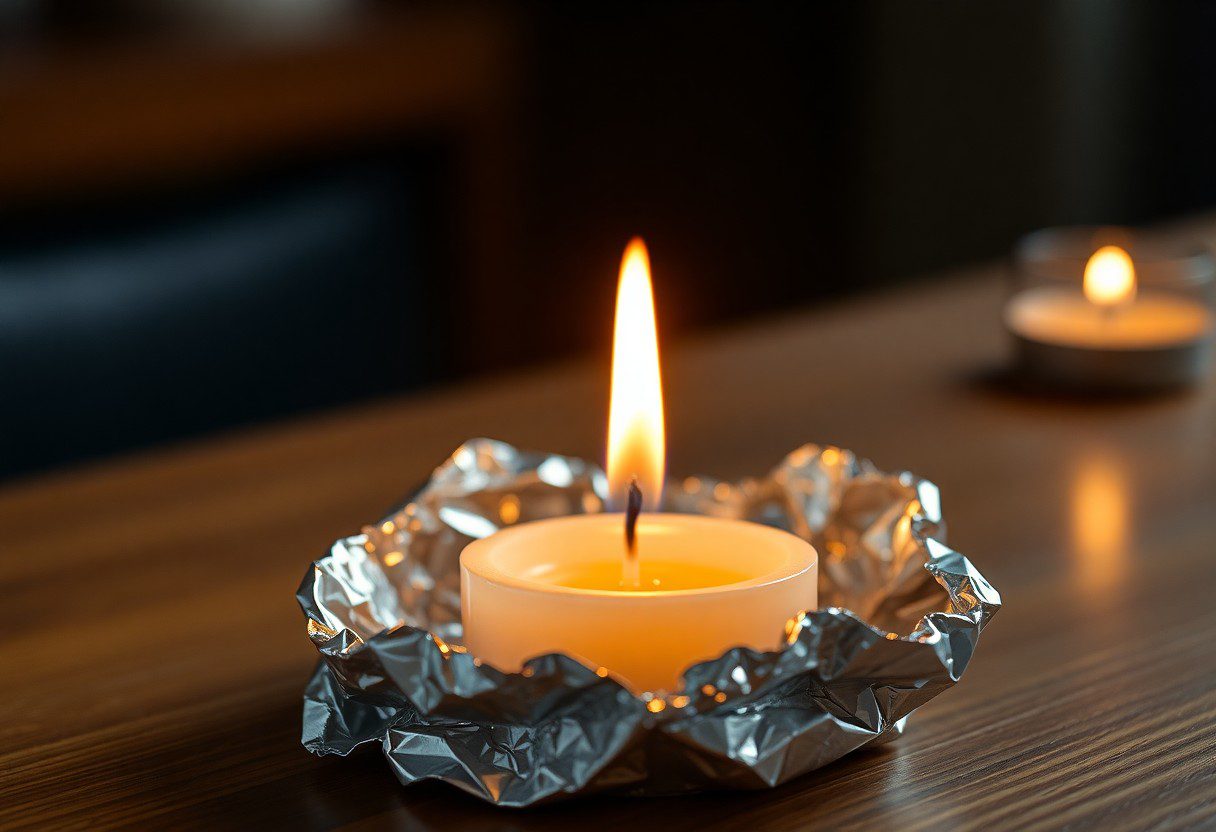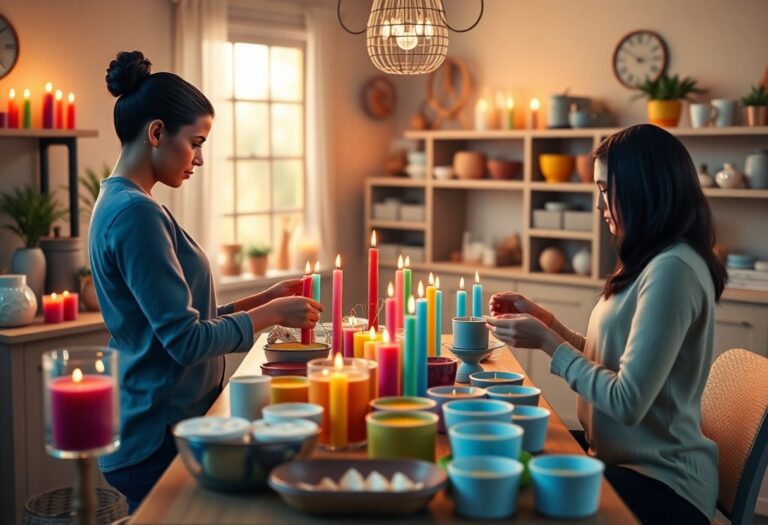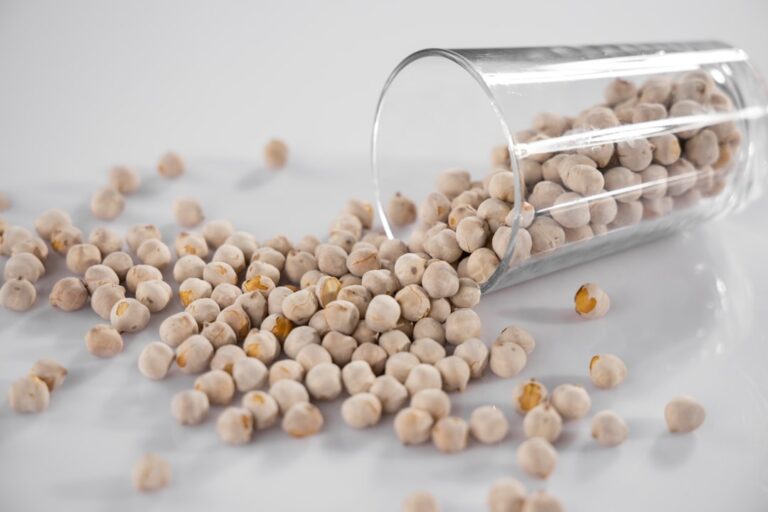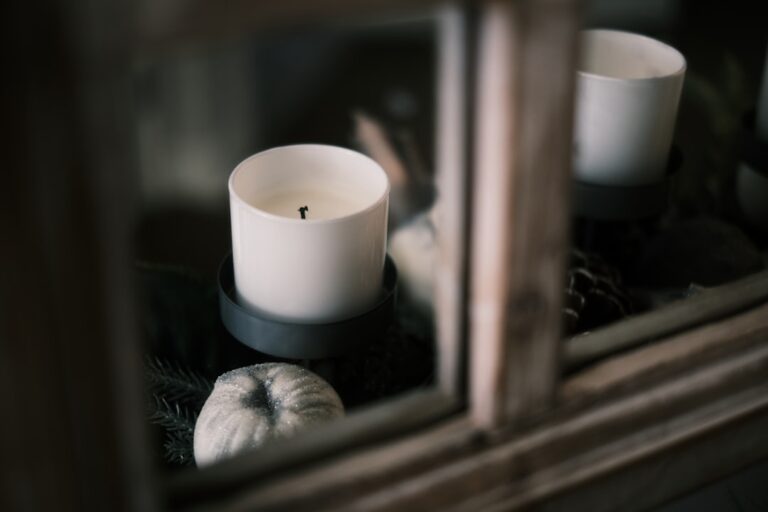How the placement of your candles can affect the way they burn.
Candle placement is a crucial aspect of creating an inviting atmosphere and ensuring the longevity of the candle itself. The way a candle is positioned can significantly influence its performance, affecting both the burn quality and the overall aesthetic appeal. When candles are placed thoughtfully, they can enhance the ambiance of a room, providing warmth and a sense of tranquility.
Conversely, improper placement can lead to uneven burning, excessive soot production, and even safety hazards. Understanding the nuances of candle placement allows individuals to maximize their enjoyment while minimizing potential risks. Moreover, the strategic placement of candles can also serve functional purposes.
For instance, placing candles in areas where they can reflect light off surfaces can create a more luminous environment. This is particularly effective in dimly lit spaces where additional light sources are limited. Additionally, candles can be used to delineate spaces within a room, guiding movement and creating focal points.
By considering both aesthetic and functional aspects of candle placement, one can transform an ordinary space into a sanctuary of relaxation and beauty.
Factors Affecting Candle Burn
Several factors influence how a candle burns, and understanding these elements is essential for achieving optimal performance. One of the primary factors is the type of wax used in the candle. Different waxes, such as paraffin, soy, or beeswax, have distinct burning characteristics that affect how long they last and how evenly they burn.
For example, soy candles tend to burn more slowly and evenly compared to paraffin candles, which can produce more soot and burn faster. The wick type and size also play a significant role; a wick that is too large may cause the candle to burn too quickly, while one that is too small may lead to tunneling. Another critical factor is the candle’s fragrance load.
Candles with a high concentration of fragrance oils may burn differently than those with lower concentrations. While a strong scent can enhance the ambiance, it may also affect the burn rate and lead to uneven melting if not balanced correctly. Additionally, environmental conditions such as humidity and temperature can impact how a candle burns.
A thorough understanding of these factors allows candle enthusiasts to select products that align with their preferences and ensure a satisfying experience.
Ideal Placement for Even Burn
To achieve an even burn, it is essential to consider the ideal placement of candles within a space. Candles should be positioned on stable surfaces that are heat-resistant to prevent any risk of damage or fire hazards. A flat, non-flammable surface allows for proper heat distribution and minimizes the risk of tipping over.
Furthermore, placing candles away from walls or other objects helps ensure that the heat generated by the flame does not cause any unintended consequences, such as scorching or melting nearby materials. In addition to stability, the distance between multiple candles should also be taken into account. When candles are placed too closely together, they can create a heat pocket that may lead to uneven burning or excessive soot production.
Ideally, candles should be spaced apart to allow for adequate airflow around each one. This spacing not only promotes even burning but also enhances the overall visual appeal by allowing each candle to stand out as an individual piece rather than blending into a cluster.
How Drafts and Airflow Impact Candle Burn
Drafts and airflow are often overlooked factors that can significantly impact how a candle burns. When a candle is exposed to drafts from open windows, air conditioning vents, or fans, it can cause the flame to flicker or lean in one direction. This flickering can lead to uneven melting of the wax, resulting in tunneling or excessive wax pooling on one side of the candle.
In extreme cases, strong drafts can even extinguish the flame altogether, leading to frustration for those trying to enjoy their candles. To mitigate the effects of drafts, it is advisable to place candles in areas where airflow is minimal. Avoiding locations near open windows or doors can help maintain a consistent burn.
Additionally, using candle holders with protective barriers or glass enclosures can shield the flame from drafts while still allowing for proper ventilation. By being mindful of airflow and drafts, individuals can ensure that their candles burn evenly and efficiently.
The Role of Temperature in Candle Placement
Temperature plays a pivotal role in how candles perform during burning. Candles should ideally be placed in environments where temperatures are stable and moderate. Extreme heat can cause wax to soften excessively, leading to issues such as dripping or warping of the candle shape.
Conversely, placing candles in overly cold environments may result in hardening of the wax, which can affect how well the wick ignites and burns. In addition to ambient temperature, the surface on which a candle is placed can also influence its performance. For instance, placing a candle on a cold surface may cause it to cool down too quickly, leading to an uneven burn pattern.
It is advisable to use coasters or heat-resistant mats that can help insulate the candle from extreme temperature fluctuations while providing stability. By considering temperature factors in conjunction with placement strategies, individuals can enhance their candle experience significantly.
Choosing the Right Candle Holder
Selecting an appropriate candle holder is essential for both safety and aesthetics. The right holder not only complements the design of the candle but also provides stability and protection from potential hazards. For instance, glass holders are popular choices as they allow for visibility of the flame while containing any wax drips that may occur during burning.
Additionally, holders made from materials like metal or ceramic can add an elegant touch while ensuring durability. When choosing a candle holder, it is important to consider the size and type of candle being used. A holder that is too small may not adequately support larger candles, leading to tipping or spilling wax.
Conversely, an oversized holder may detract from the visual appeal of smaller candles. Furthermore, holders with features such as raised edges or protective barriers can help contain any wax spills while providing an added layer of safety against accidental contact with flames.
Tips for Maximizing Candle Burn Time
Maximizing candle burn time involves several strategies that focus on both placement and maintenance practices. One effective method is to trim the wick before each use; this helps control the flame size and reduces soot production while promoting an even burn. A wick length of approximately one-quarter inch is generally recommended for optimal performance.
Additionally, allowing candles to burn long enough during each use—ideally until the entire top layer of wax has melted—can prevent tunneling and ensure that the candle burns evenly throughout its life. Another tip for extending burn time is to avoid placing candles in direct sunlight or near heat sources such as radiators or stoves. Exposure to direct sunlight can cause wax to soften prematurely and lead to uneven burning patterns.
Similarly, heat sources can cause rapid melting and reduce overall burn time significantly. By creating an environment conducive to slow and steady burning, individuals can enjoy their candles for longer periods while maintaining their quality.
Safety Considerations for Candle Placement
Safety should always be a top priority when it comes to candle placement. Candles should never be left unattended while lit; doing so poses significant fire risks that could lead to property damage or personal injury. It is essential to place candles on stable surfaces away from flammable materials such as curtains, paper products, or decorative items that could catch fire easily.
Additionally, keeping candles out of reach of children and pets is crucial for preventing accidents. Using protective barriers or enclosures can help shield flames from curious hands or paws while still allowing for enjoyment of the ambiance created by the candlelight. Furthermore, ensuring that candles are placed in well-ventilated areas reduces the risk of smoke buildup and enhances overall air quality during burning.
By adhering to these safety considerations alongside thoughtful placement strategies, individuals can create a beautiful atmosphere with candles while minimizing potential hazards associated with their use.
When it comes to candle burning, the placement of your candles can greatly impact how they burn. According to a related article on Crafters Buzz, can further enhance the burning experience. Understanding the craftsmanship behind candles, as explored in the article on Crafters Buzz, can also provide valuable insights into how to properly care for and burn your candles.
FAQs
What factors can affect the way candles burn?
Factors that can affect the way candles burn include the type of wax used, the size and shape of the wick, the presence of drafts or air currents, and the placement of the candle.
How does the placement of candles affect the way they burn?
The placement of candles can affect the way they burn by influencing the airflow around the candle. Placing a candle in a drafty area can cause it to burn unevenly or produce excess soot.
What are some tips for proper candle placement?
To ensure even burning, it is recommended to place candles away from drafts and air currents. Additionally, candles should be placed on a level surface to prevent uneven melting.
Can the placement of candles affect their safety?
Yes, the placement of candles can affect their safety. Placing candles near flammable materials or in areas with a lot of foot traffic can increase the risk of accidents. It is important to always follow safety guidelines when using candles.
